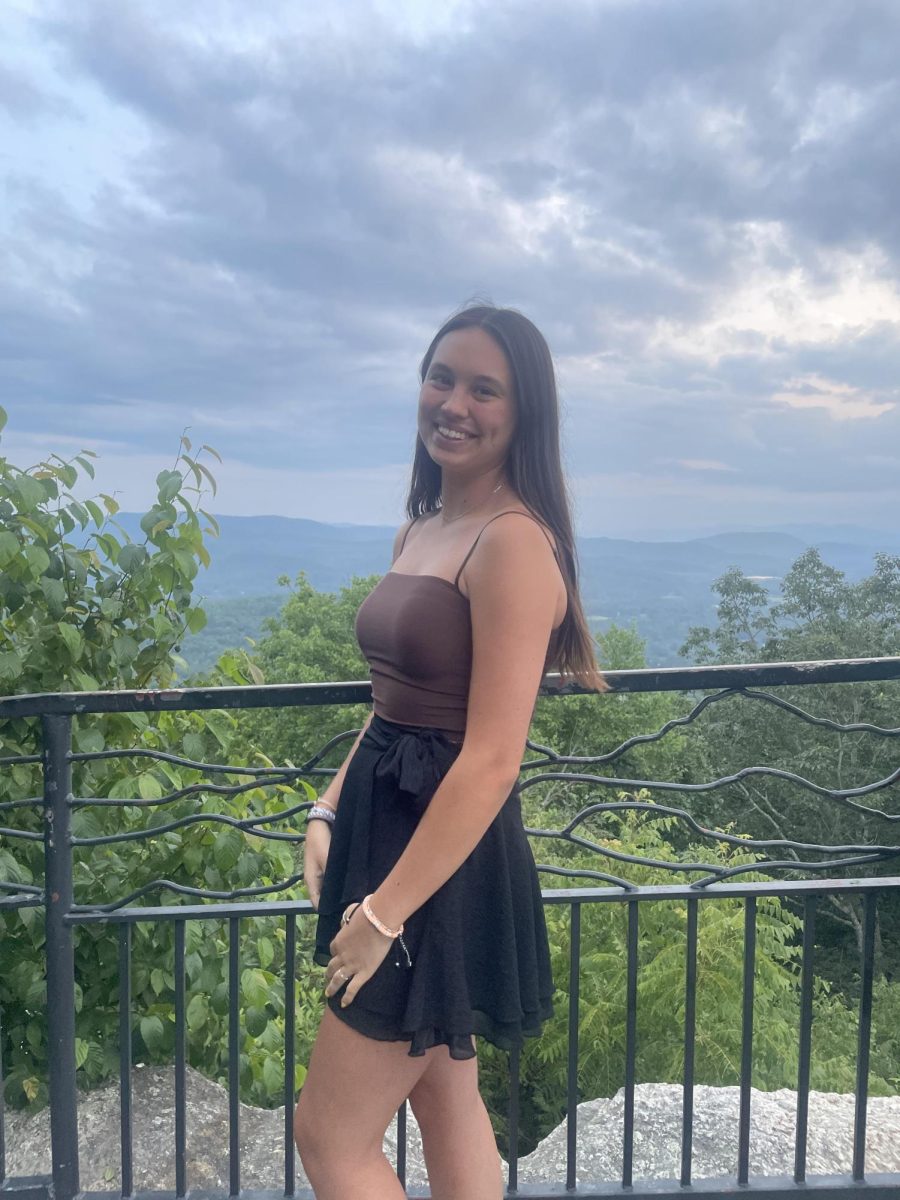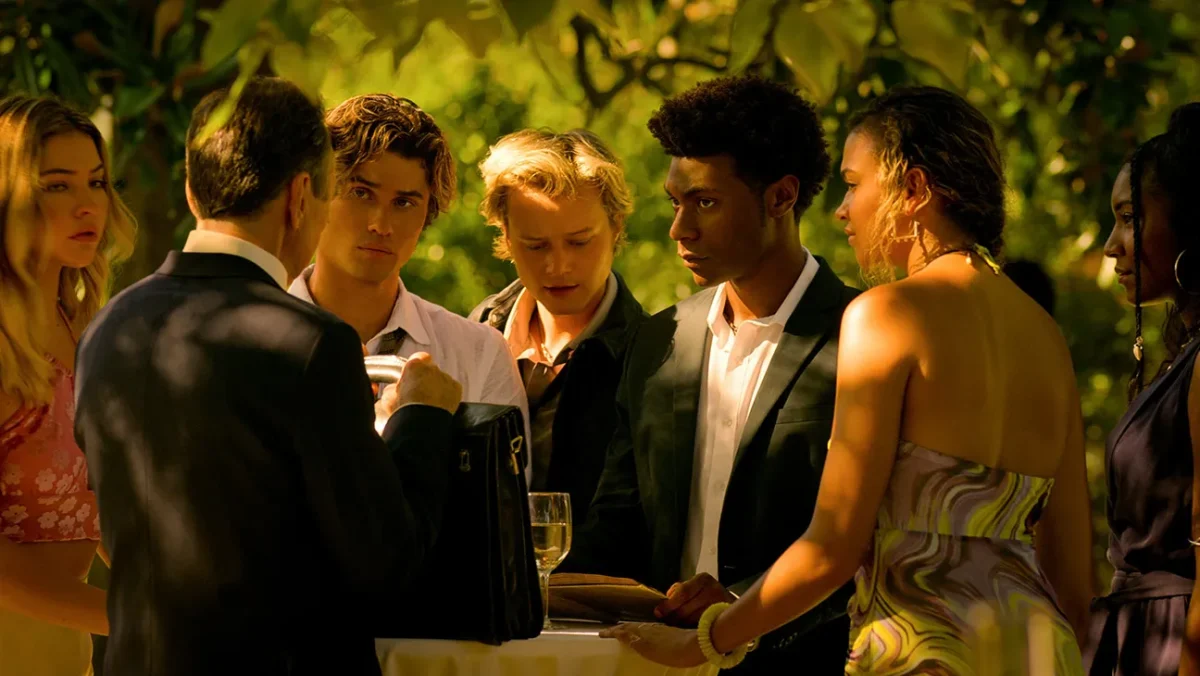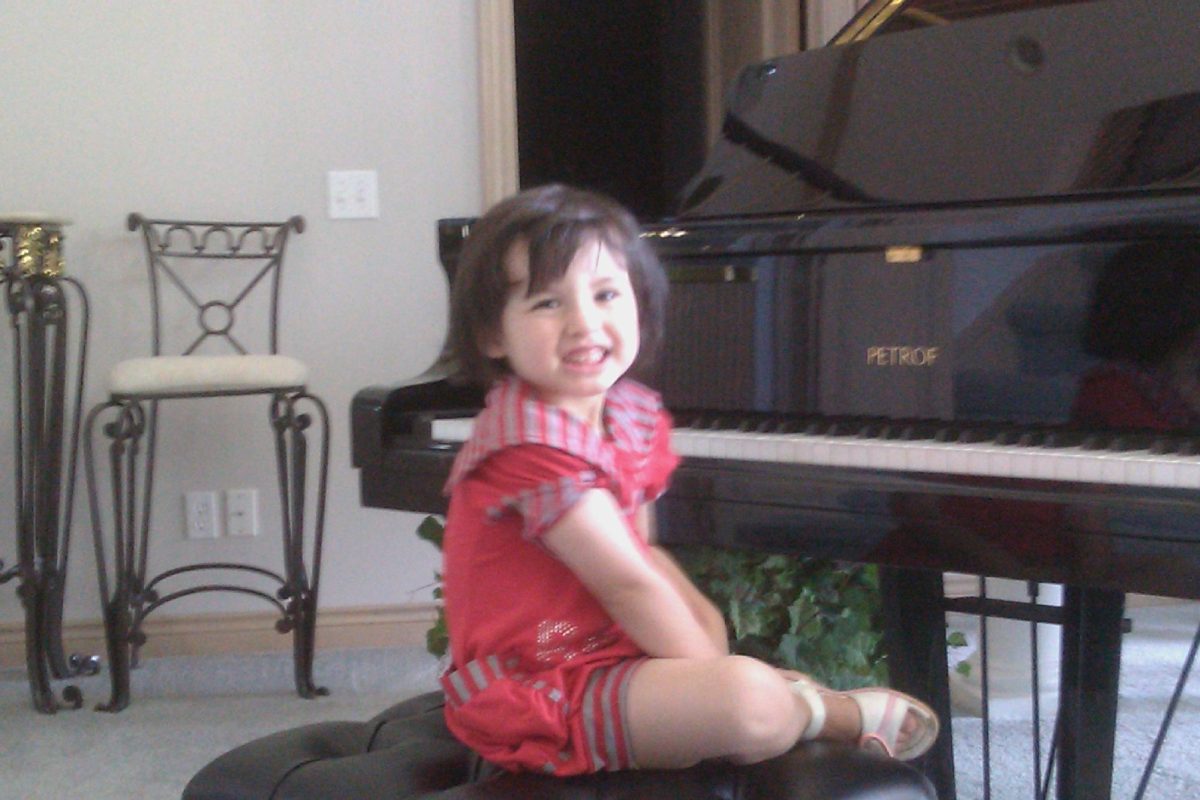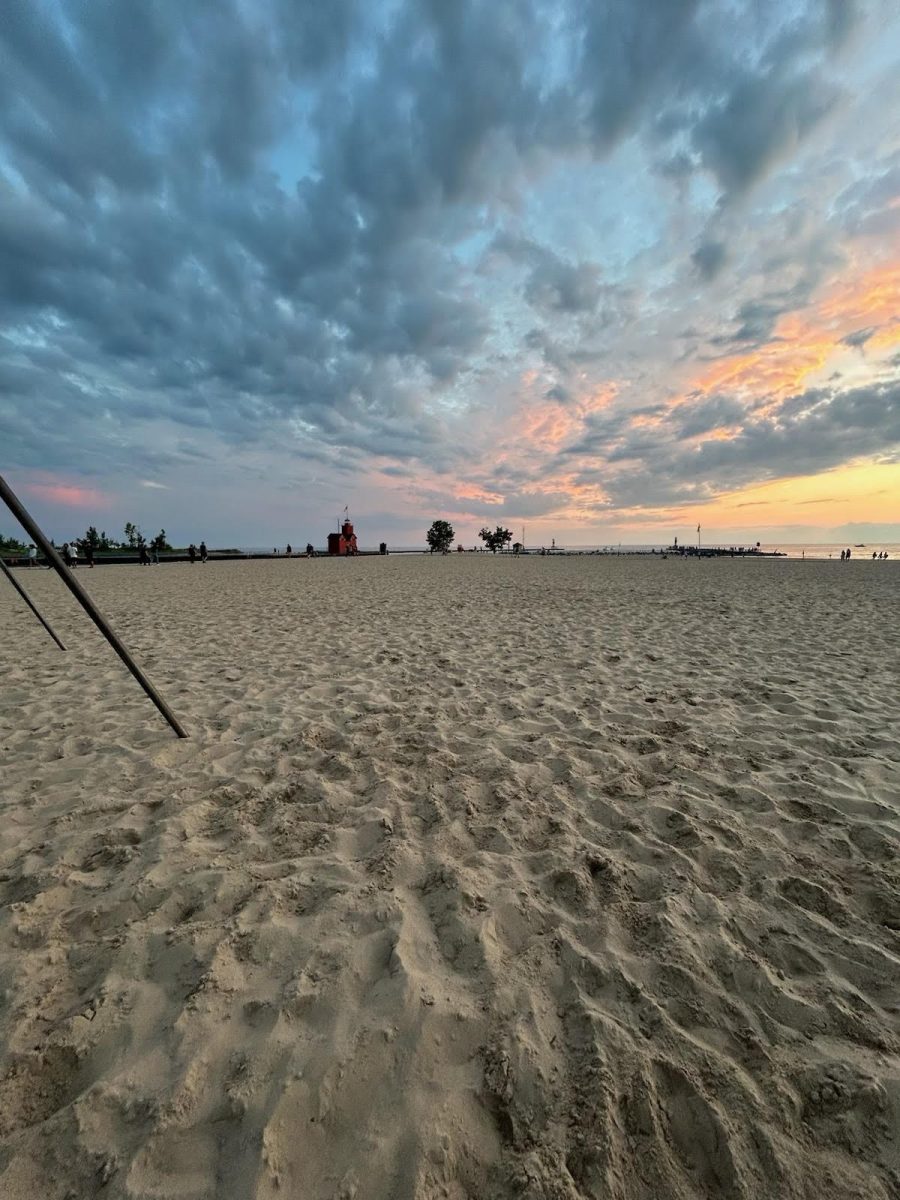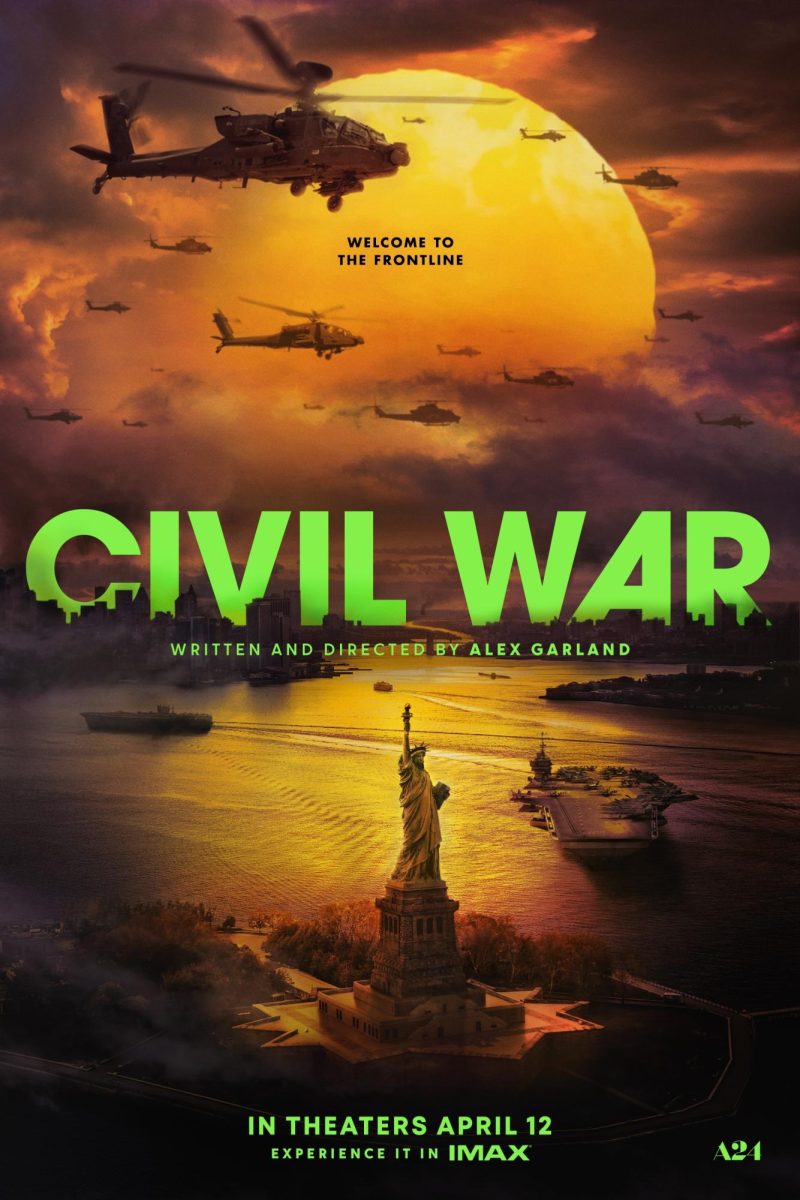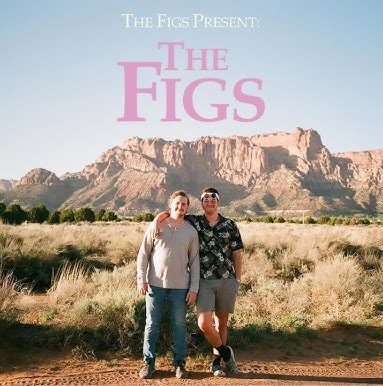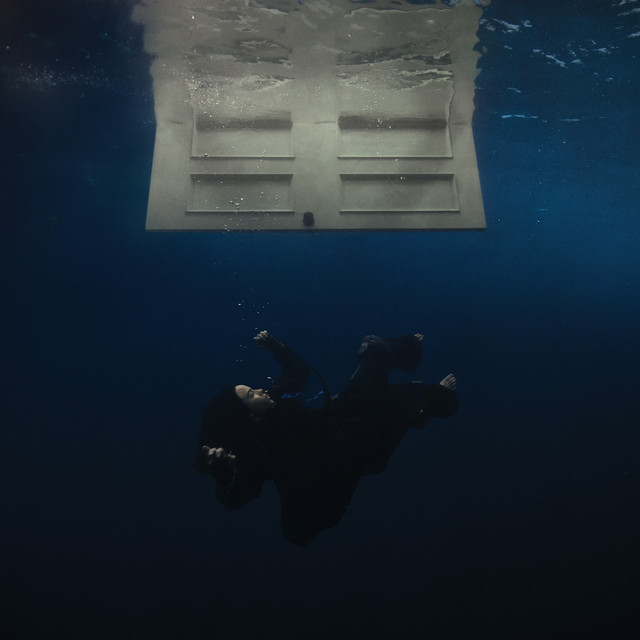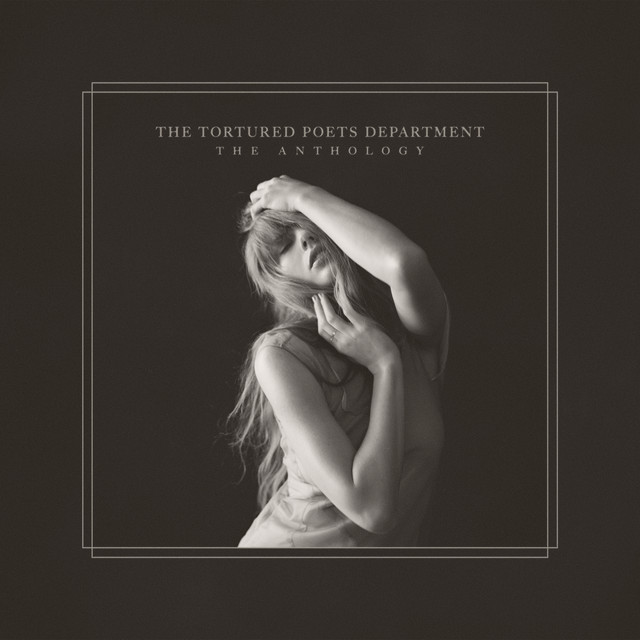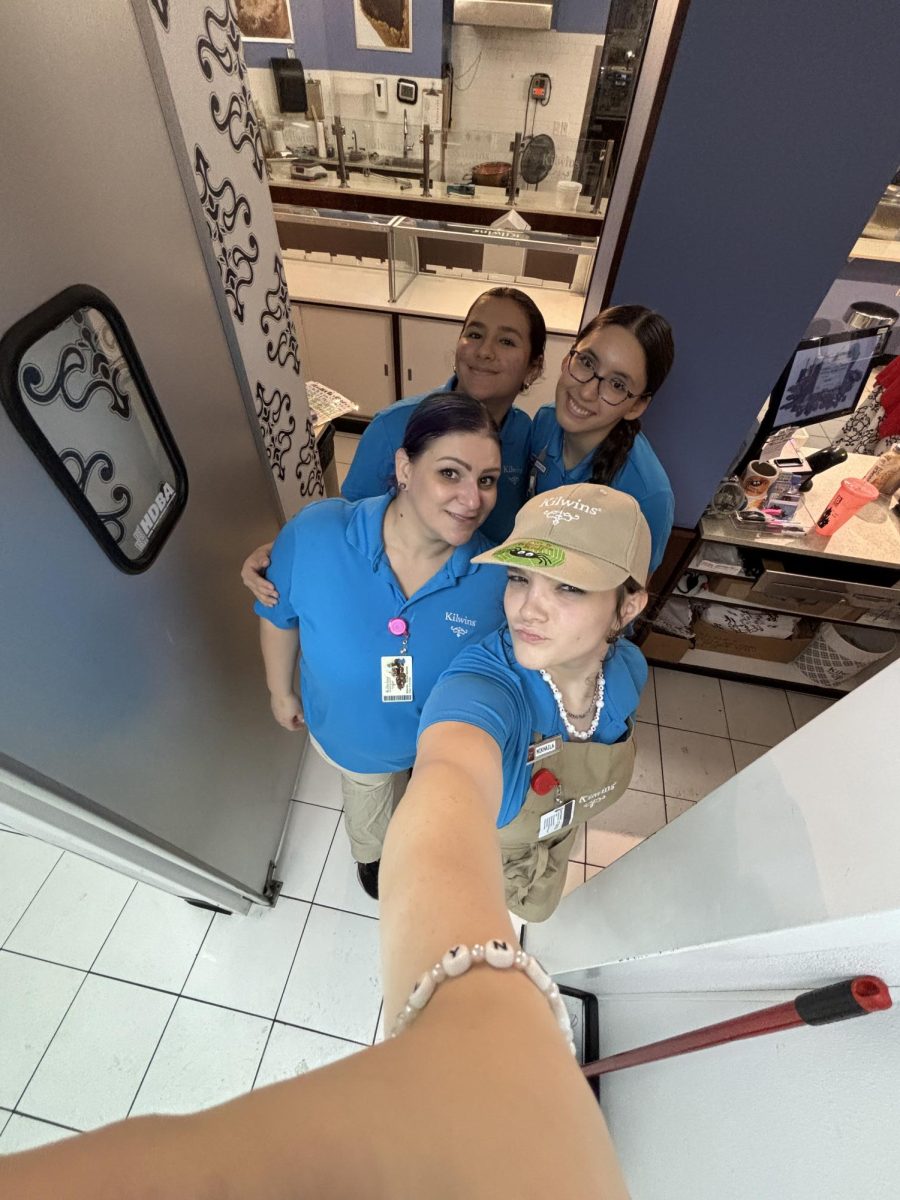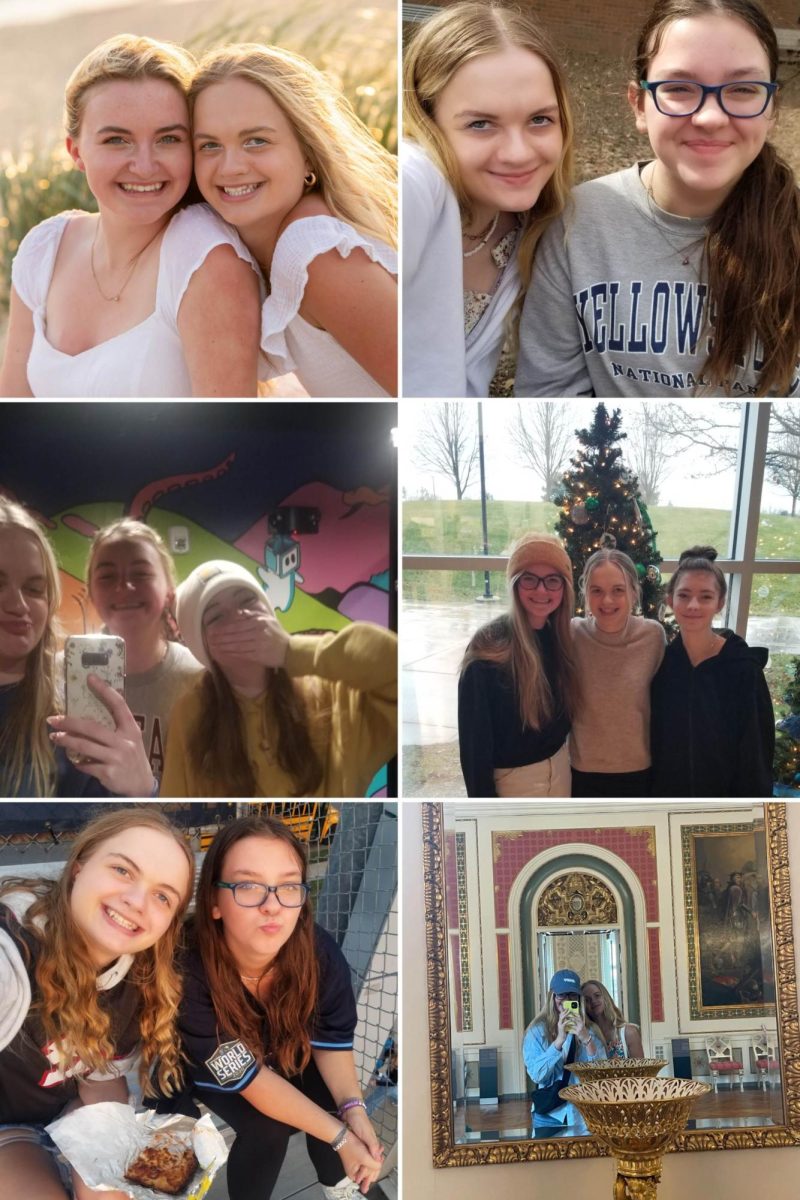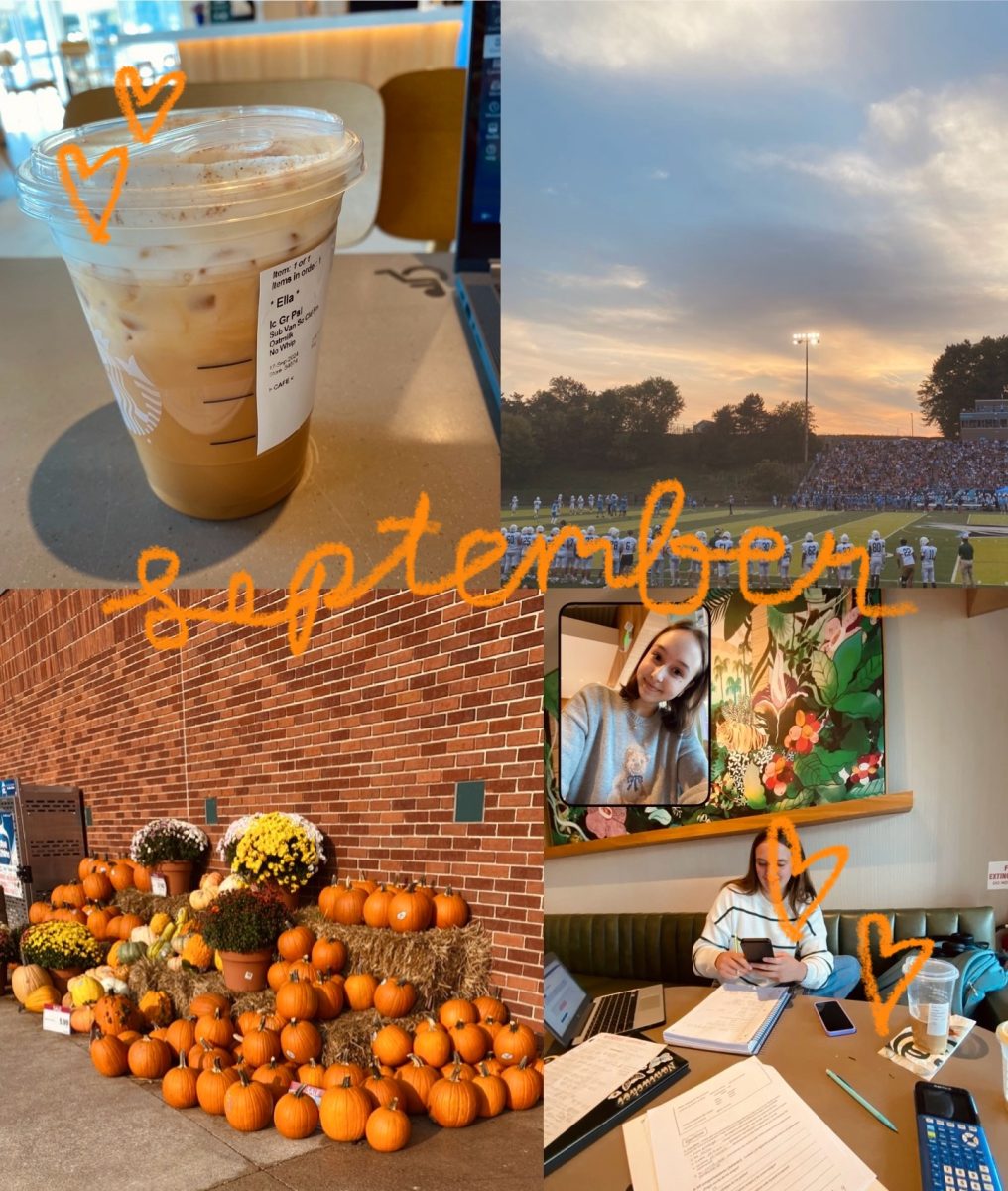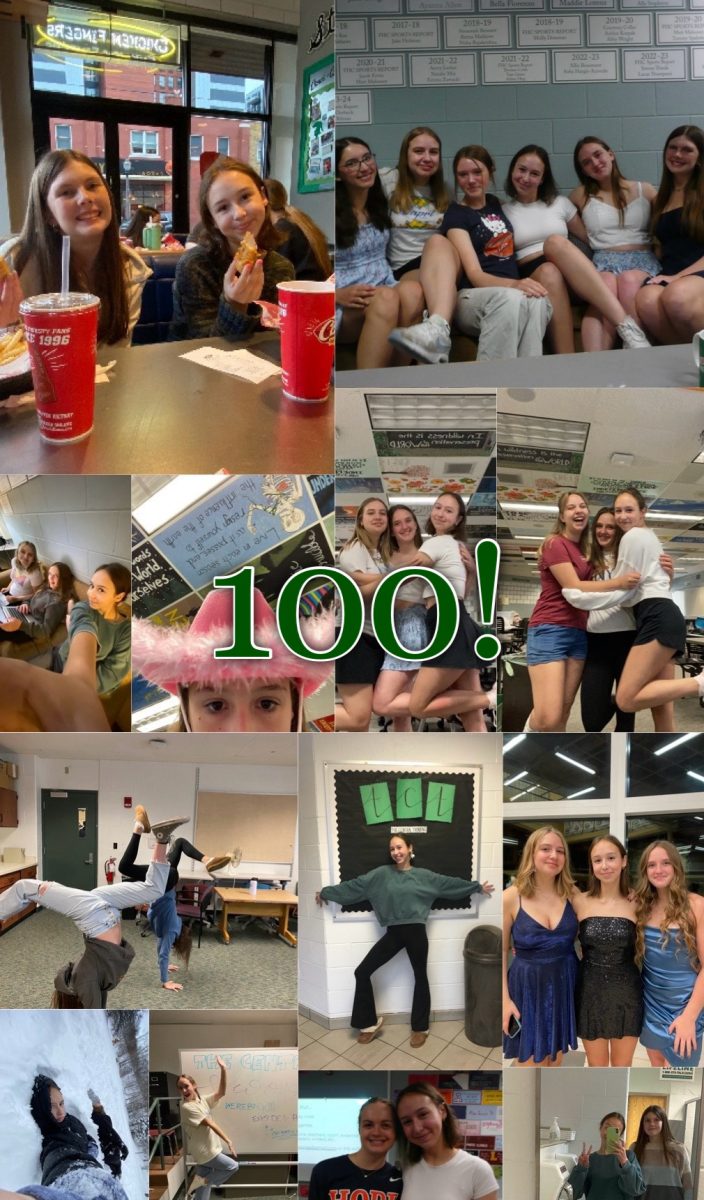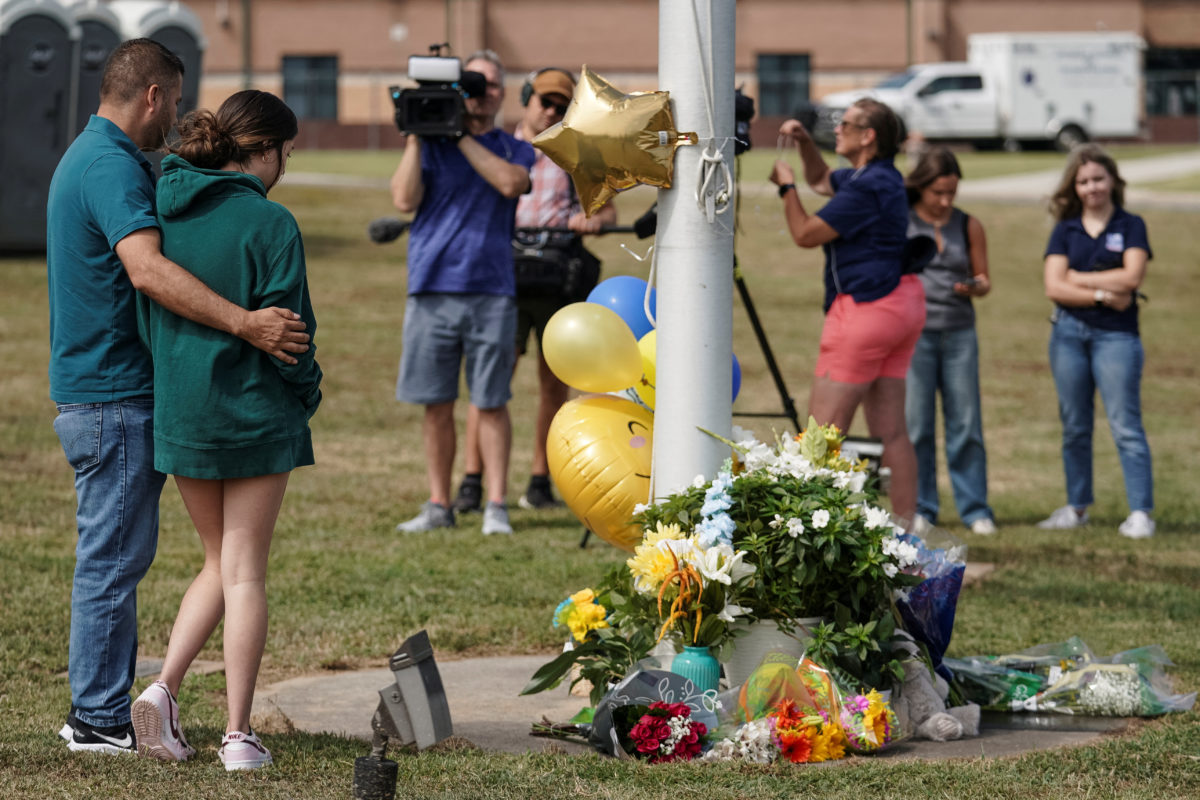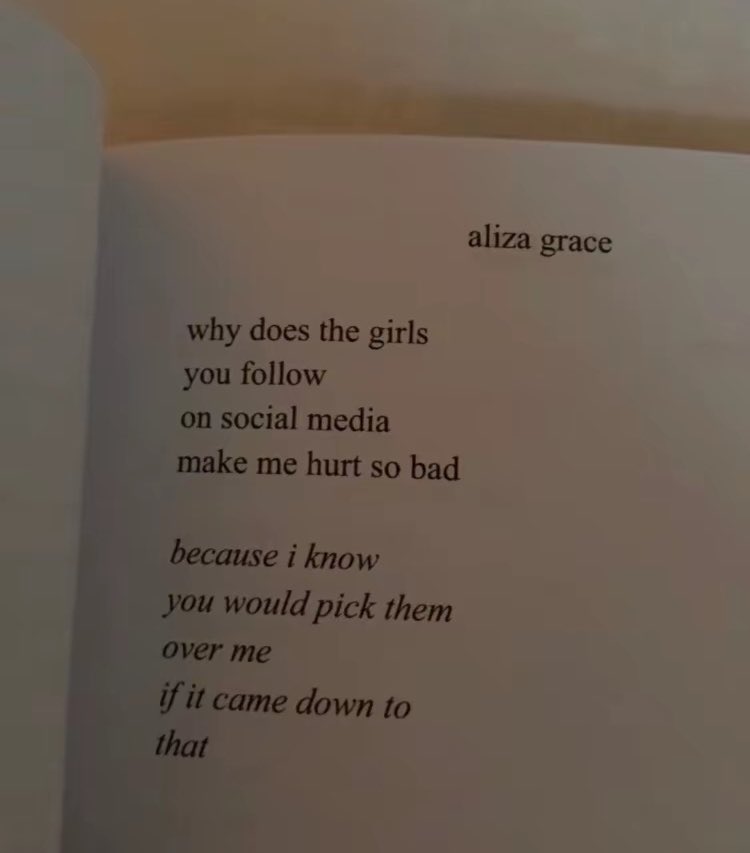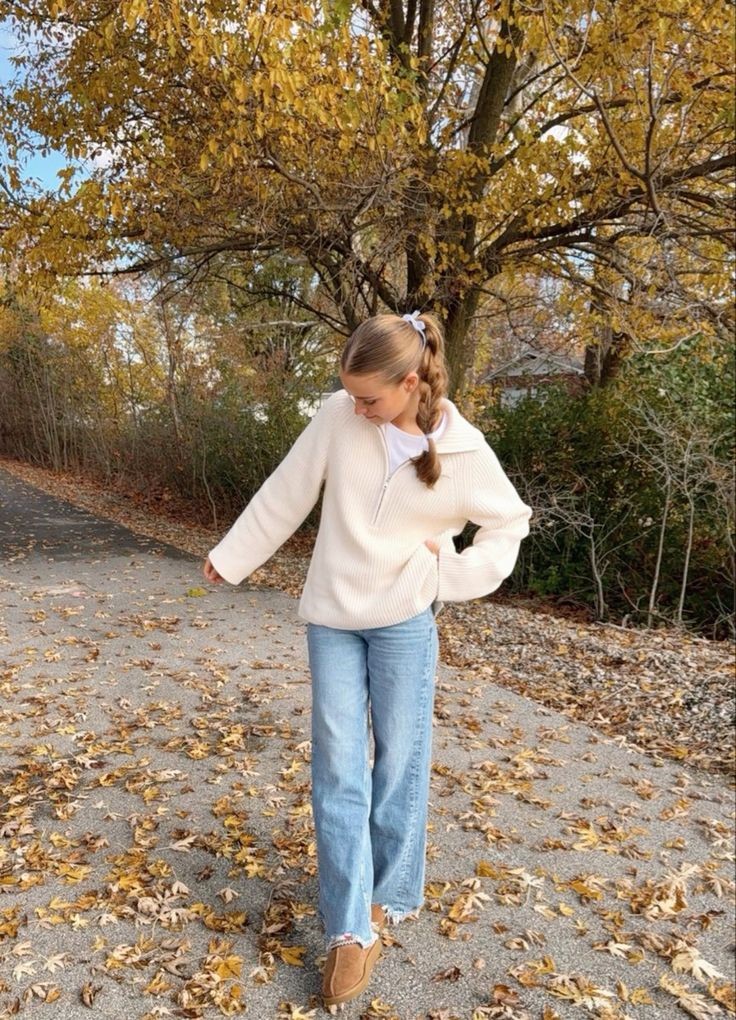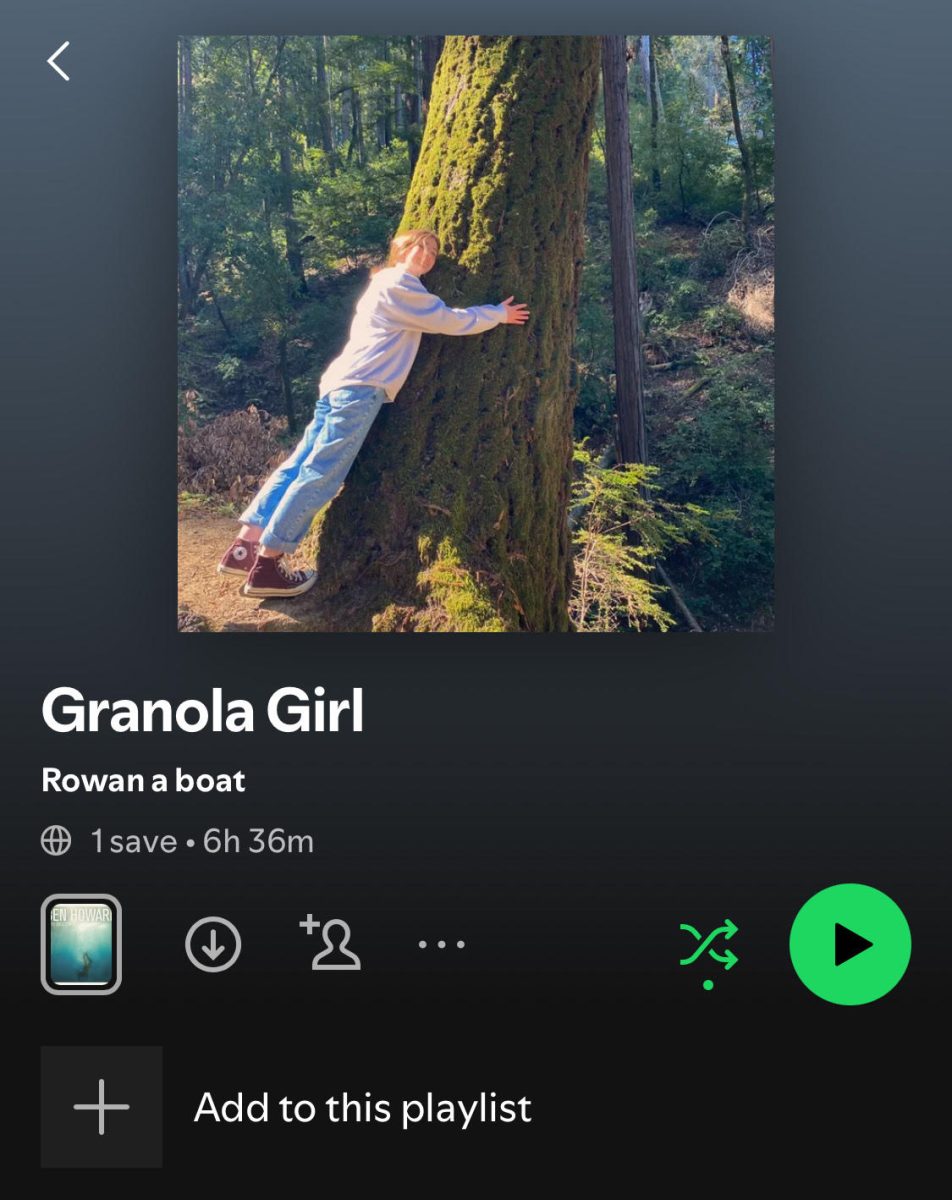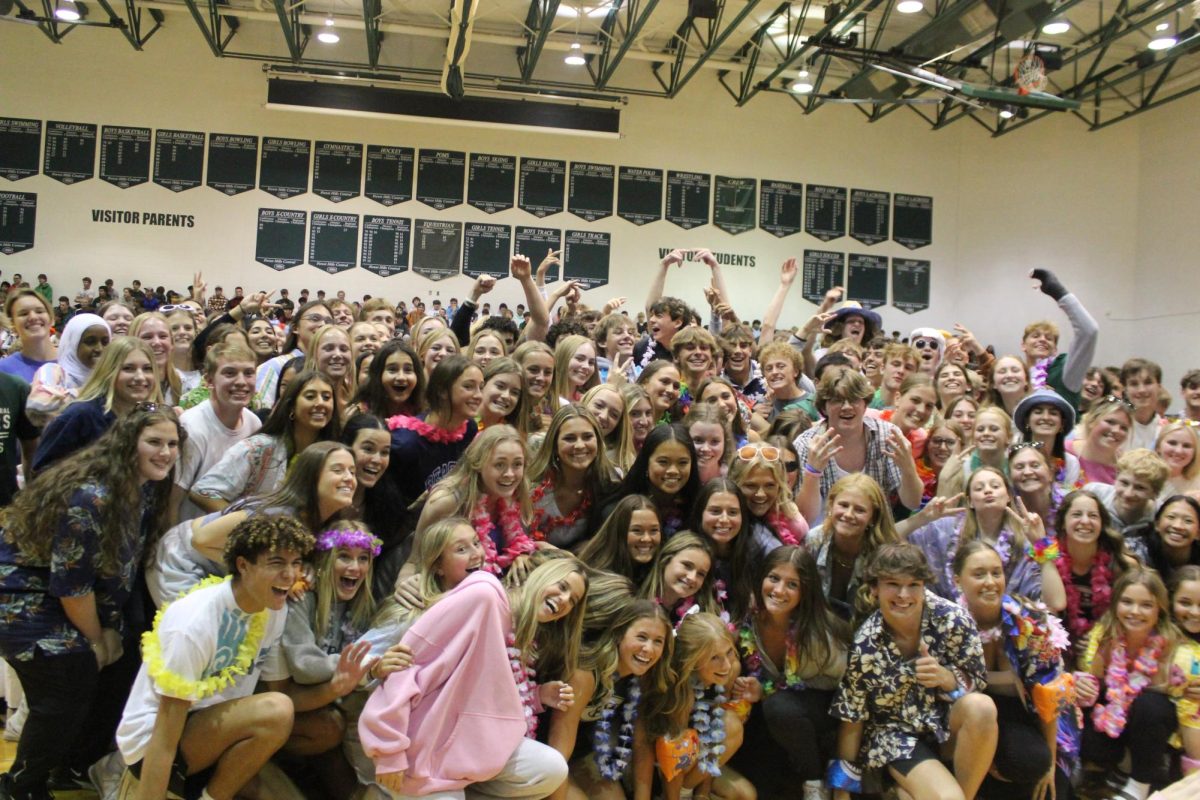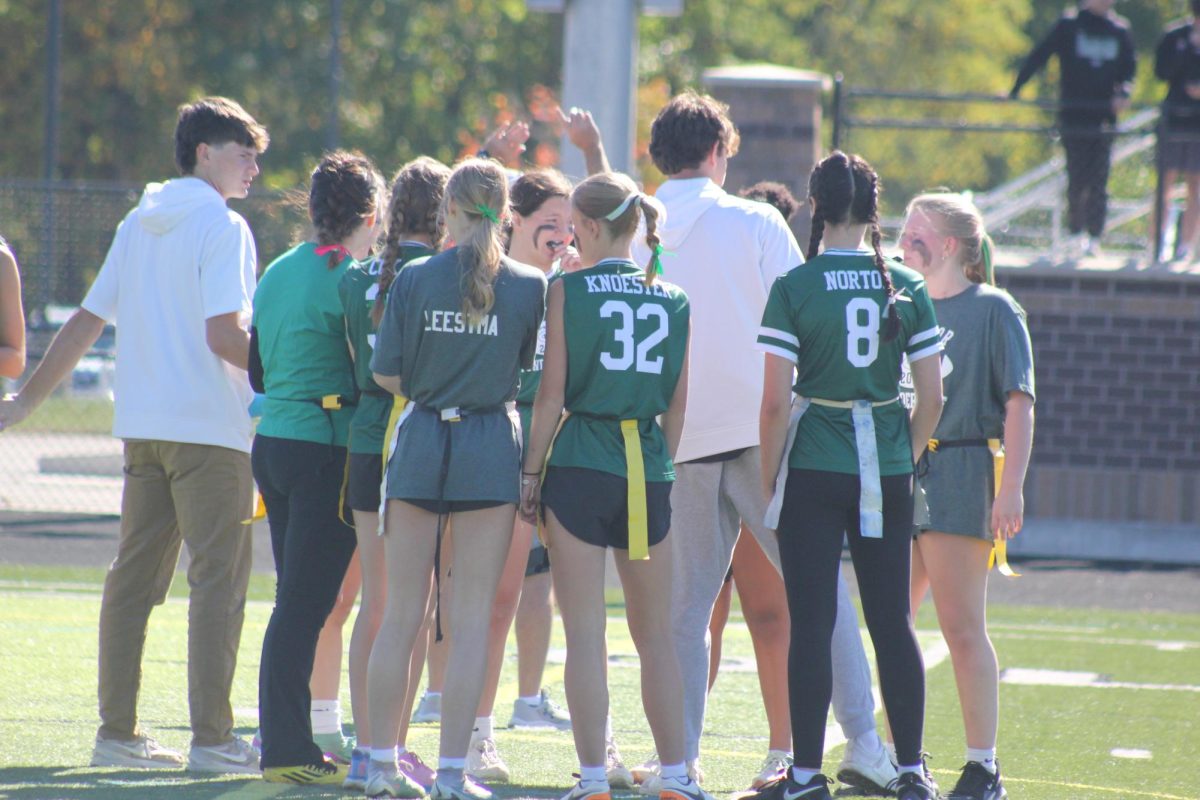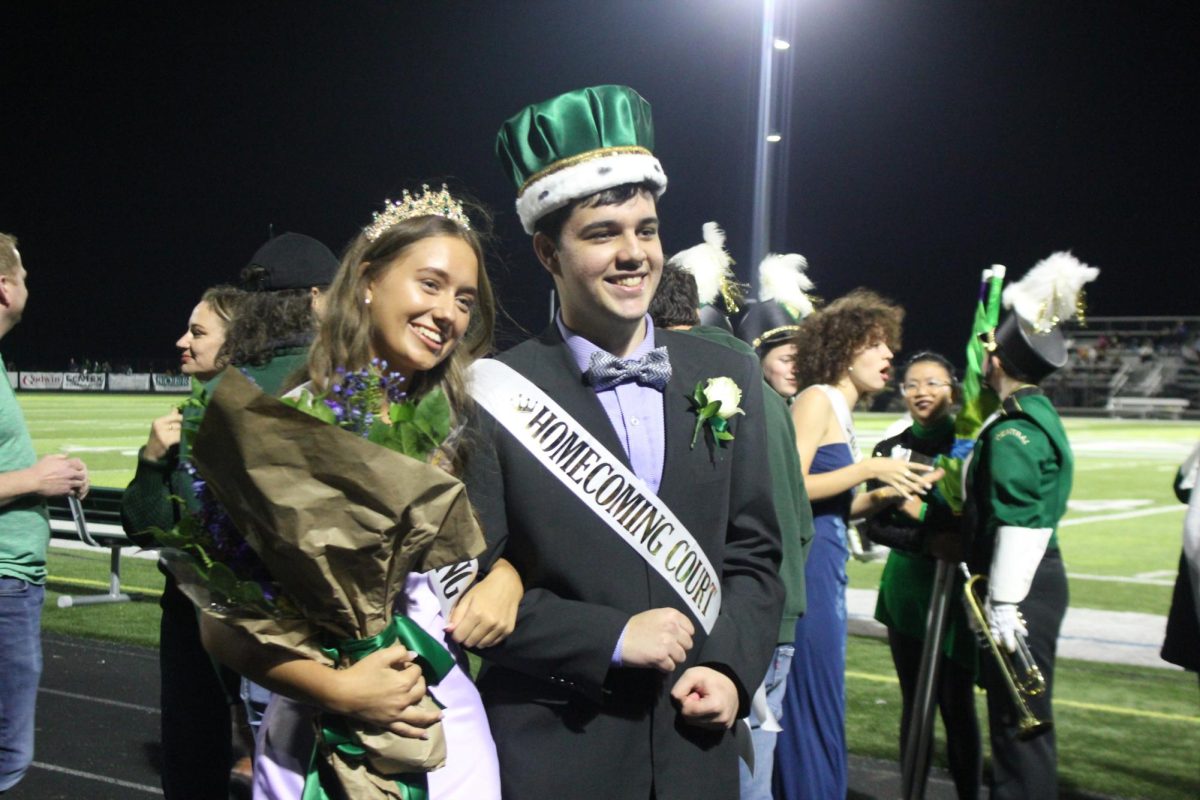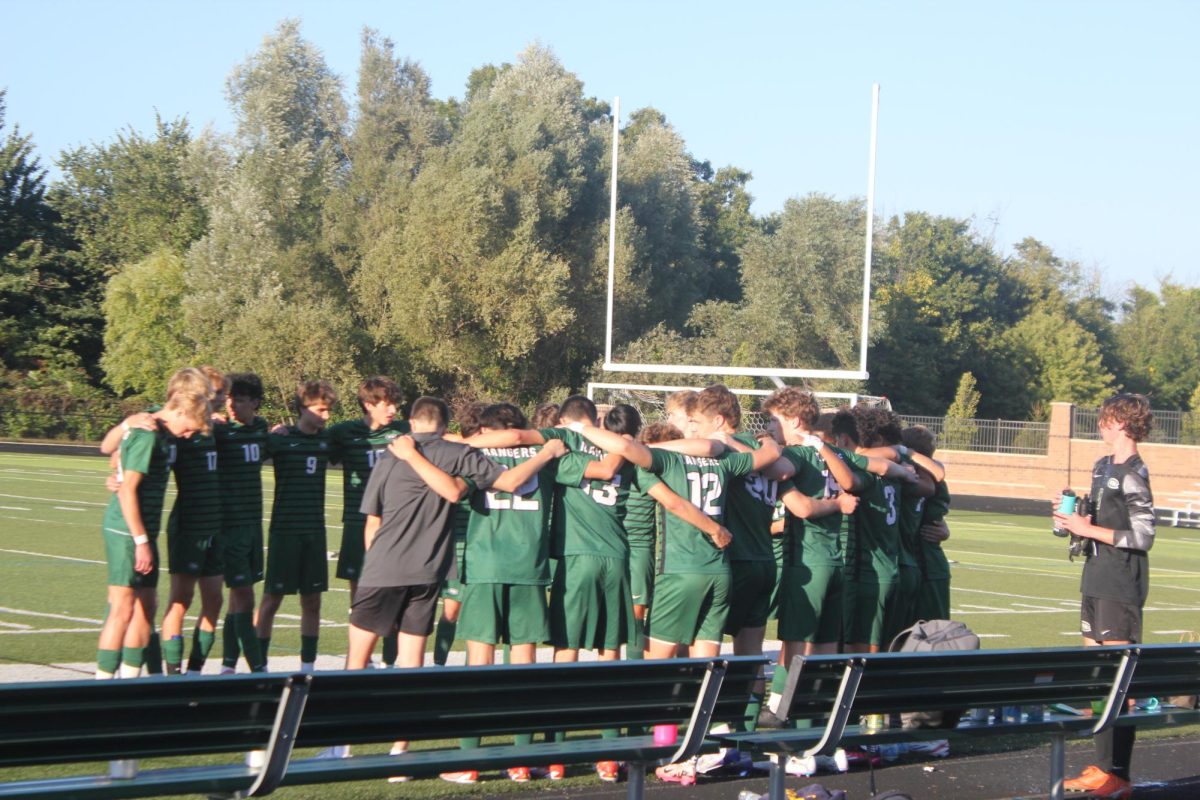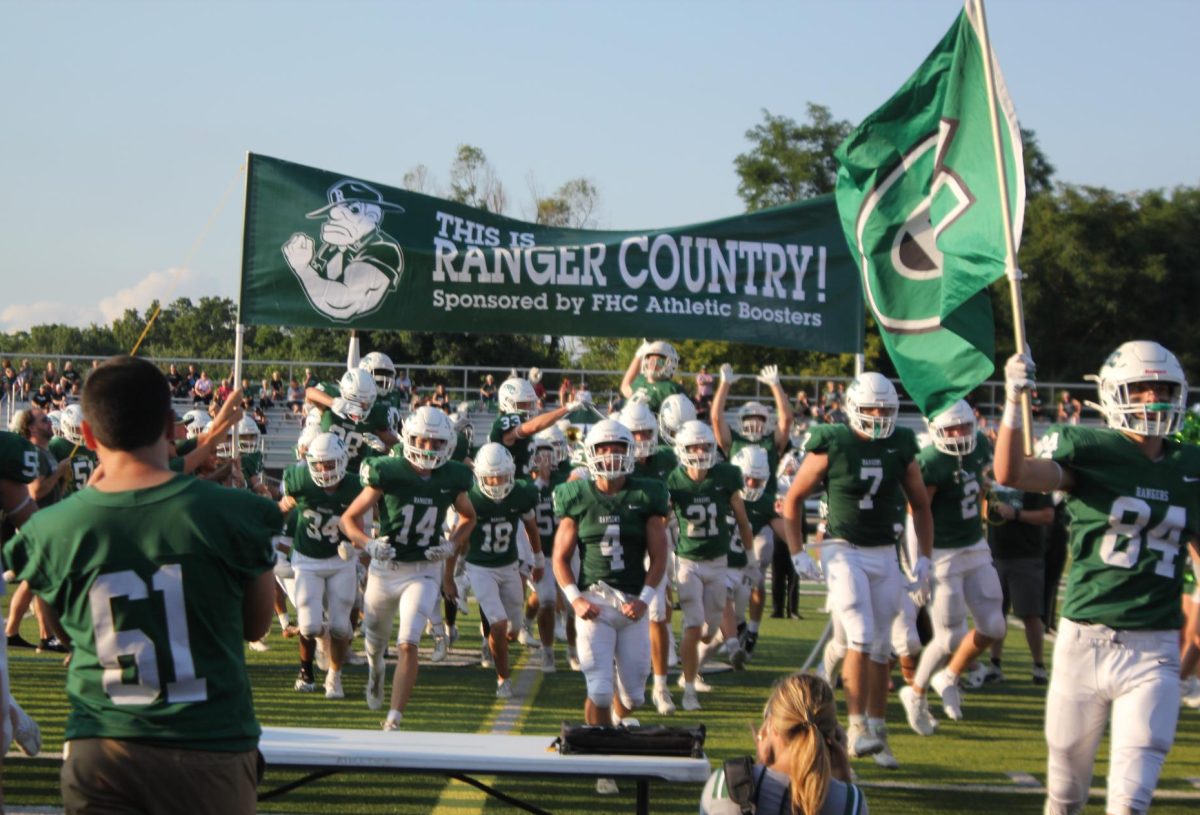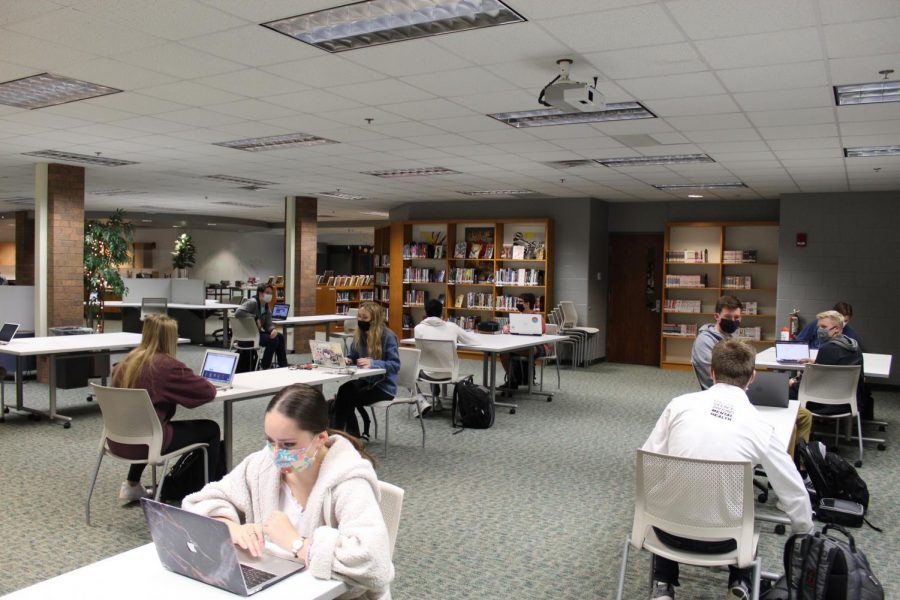FHC’s community is left divided on the switch to a full week schedule amidst the global pandemic
Pictured here are students spreading out as best as possible in the media center for an online-based class as FHC returns to a full-time schedule.
Starting with administration
Measuring tape in hand, principal Steve Passinault found himself at school on a Saturday, but this time it was for something much greater than a meeting: contact tracing for a student who came to school with COVID-19.
“I never thought I’d be up here on a Saturday with a measuring tape measuring distance between desks,” Passinault said, “and it has added some stress, I think, to all teachers and administrators. We obviously are in this business because we care about kids, and we care about our community, and anytime there’s something that’s a threat to our community, it’s stressful.”
This stress comes from the rigor that Forest Hills has attacked COVID-19 concerns with—especially demonstrated in Passinault’s efforts along with the Health Department to track down infections. After starting August 30 with a hybrid schedule, an email from superintendent Dan Behm was sent out Friday, September 18 with plans to switch to an everyone-on-every-day schedule.
In collaboration with the Board of Education, Behm reached this decision after reaching out to the community. According to Passinault, the superintendent came around to Forest Hills schools to informally ask for feedback as he listened to educators and administrators with “some pushing hard to get everybody back in schools” and others “that are opposed pretty vehemently and afraid about going back full time.”
With such a divide, input was necessary; the Board had meetings where community members could speak—something included to hear a variety of opinions—and Behm listened to the Health Department’s declaration that Forest Hills was safe to return full time at low risk for COVID-19. With conflicting views yet the scientific go-ahead, Passinault acknowledges that this decision was tough.
“In this case,” Passinault said, “[the decision was] based on the principle of what is best for our students, and [what’s] best for students can be varying opinions. Best could mean [a lot] because there’s this balance between the physical risk, if you will, with COVID-19 and the mental health risk of not being in school full time. There is a challenge there.”
Following Behm’s email, Passinault sent a Central-centralized one as well. With four confirmed cases of COVID-19 in school and students quarantining already, he diligently laid out FHC’s new policies to prevent a further spread.
As evident in the intentionally distanced lunchroom layout containing half of the class while the other half is eating within the room, these policies were derived to socially distance as best as possible when over 1,200 students are in school at once. Passinault values these safety regulations such as proper mask-wearing (over the nose) as he looks towards health professionals and proven prevention methods.
“I think [that] anytime there are situations that come up,” said Passinault, explaining his intentions with new policies, “my role is to understand as best I can what’s going on, and [now it’s] more so following the lead of the health professionals; the medical professionals are the ones that understand it more so than anyone else. I try to separate myself from any of the political things that are going on.”
And to Passinault, the student body has followed the new rules in place well, saying that “we’ve done pretty well” in regards to the community caring for each other—respecting how public health is a community effort—but he’s also cognizant of the habituation students may develop to the actual, and sometimes severe, risk of COVID-19.
“We have to trust that our community wants to help keep each other safe,” Passinault said. “I think the longer this goes, the easier [there is a] chance of slipping up, and that’s concerning.”
To keep everyone safe, Passinault reiterates that students and families must remain conscious of COVID-19 symptoms and stay diligent on self-quarantining if any arise. Preventing a slipup is necessary for the school to continue in-person every day, whether that be with in-school occurrences or get-togethers outside of school.
At the end of the day, the future of this plan to remain in school every day is unknown; Passinault remains hopeful—hopeful that students remain careful and hopeful that school remains a safe area.
“We’re hopeful that we don’t have to [shut down],” Passinault said, “but we’re also realistic to think that if something like [an increase in cases] were to happen—we use the word being nimble—we have to be nimble and be able to move day-to-day, really, when we get information.”
How students are feeling
And while Passinault was tracing and preparing the Saturday that followed the full-time schedule announcement, sophomore Val Garza was undeniably excited—yet somewhat timid—about the return.
“I was excited [after the email],” Val said, “but I was also scared. Going back—it’s a lot more social time, so that’s exciting. You get to see people that you haven’t seen since March, but at the same time, it was kind of scary because, with COVID-19, there are more chances to get it [with everyone in the building].”
Val, who is a self-proclaimed “very social person,” saw the previously-instituted hybrid schedule as a limitation on enjoying high school to the fullest. While acknowledging the increased safety with hybrid and the need for it at the beginning, she longed for the feeling school had before the pandemic.
“There was a lot of good stuff that came out of [hybrid] with more social distancing,” Val said, “but I didn’t get to see half of my friend group, and I was just a lot more lonely, I guess. It definitely felt like we were being kept away from our full experience in high school.”
This sense of loneliness is considered one of the serious mental consequences of incorporating online school or online days, an effect Passinault mentioned that makes the decision between hybrid and in-person education that much more difficult.
Being away from school—even when going only twice a week—leaves students with a feeling of isolation, and Val’s feelings are a testament to that. With grades being split by the alphabet, she was able to see only half of her friends, a common gripe among students with hybrid.
Furthermore, senior Audrey Sidebotham felt like hybrid was a gamble for students—a hit-or-miss decision depending on work ethic.
“I think a lot of students [I know] enjoyed hybrid,” said Audrey, who also recognized her social circle involved many AP-classes students. “Those [AP] people are very motivated in what they want to do, so I can see why [people struggle with hybrid]. [Biology teacher Patricia] Richardson was talking about how the freshmen just have no clue what’s going on; they’re not used to it. They haven’t even gotten the regular schedule of high school down, and freshman year was hard enough being five days a week and trying to keep [up]—my workload freshman year was really hard—so I can’t imagine what hybrid is like.”
The scattered online days were a test of the motivation in students that Audrey mentioned; with teachers still having to do in-person teaching every day besides Wednesdays, students were left with video explanations or a couple of Google Classroom posts to act as guidance on the expected online day work.
Ambiguity in these online assignments left Val feeling as if mistakes were more common than understanding, and she realized how much she valued in-person instruction.
“Being online, there’s so much room for error because you’re kind of teaching yourself.” Val said. “You try and do as best as you can, and you have family to help you, but, in the end, there’s not going to be a better teacher than the teacher themself.”
Audrey undoubtedly values this face-to-face education along with Val, especially with a rigorous classload. But for her, COVID-19 concerns—the fact that there have been 208,821 COVID-19-related deaths in the U.S. alone since October 4 (CDC )—outweigh the need to have in-person schooling every day.
“I definitely would choose hybrid,” Audrey said. “I understand that it’s hard for people, but the risk [of COVID-19] is still there; I feel like the risk is greater than the issues with hybrid [learning] because it’s about people’s health. That’s serious. People are dying [from COVID-19 in the country].”
These concerns—the persistent presence of a respiratory-illness-based pandemic—left Audrey perplexed at the announcement from the district about the full-time return of students. As she takes the valid COVID-19 concerns seriously, hybrid, in her eyes, allowed FHC to contain the spread.
To her, the biggest part of the return to school isn’t about the 14-day-long quarantine if a student comes into contact with a COVID-19-infected student, but rather it is “about caring about other people” before all else.
“You just don’t know whose parents are [higher risk],” Audrey said. “You don’t know the age of people’s parents or what’s going on in their family life or where they live. You just don’t know. Personally, I’m just nervous about going back to school, and I’m scared to get COVID-19. I have underlying conditions; my parents do, [too]. I’m just scared about my health and the health of others.”
It’s the time for selflessness, not selfishness, as students return thirty-person classrooms and busy hallways; that fundamental belief is something Audrey reiterates as she worries for her health and the health of others while approaching the decision with an open mind.
“I understand why we [are going back] five days [a week],” Audrey said. “I understand that there’s pressure and that we were cleared, but I still feel like [the administration] should have talked to more students and seen if they were scared or if they were nervous. It’s no longer me being like scared for tests, it’s me being scared walking in the hallways. That’s not normal; that shouldn’t happen.”
From the perspective of a teacher
Upon receiving the email from Behm like every family and student, an anonymous teacher at FHC felt one thing: surprised.
“I felt like I was just finally starting to get a rhythm at this scheduling format,” the anonymous teacher said, “and I thought, ‘Okay, I can do this.’ I was figuring it out, and I was willing to risk it, too, to make it. I would make it work just to be safer.”
After weeks of planning, and almost a month of actually enacting the handful of different synchronous and asynchronous lesson plans in the name of being safer, this rhythm was an arduous task to develop for the teacher—one that resulted in becoming a “very, very light sleeper.”
Yet despite the constant exhaustion and mind that “doesn’t shut off,” this teacher would have continued with hybrid had the district not announced the change.
“I felt safer in the hybrid situation,” the anonymous teacher said. “I felt more relaxed even though I was stressed to know I’m making the plans. I would have done a hybrid longer. You [students] may be getting out earlier, but I still was here later than I was when we had a full day just to try to organize everything. It’s a planning nightmare to do it that way, but I was willing to do it—anything to be safer.”
Now, with the return to full-size classes—whether that be twenty kids in rows that “go against [their] grain” as a teacher or fifteen spaced out—this teacher is following the district’s safety guidelines and implementing their own rules as best as they can.
“We are doing the cleaning,” the teacher said, “and I’m trying to keep the kids from flocking; they like to flock up at the end of the hour or [when] turning things in. I’m trying to separate them as much as possible, reminding them to keep the mask up. I know mine slips sometimes, too, when I’m talking, [but] you just have to have a constant reminder [in your mind] that [these safety precautions] are for other people.”
Much like previously-mentioned Audrey, this idea of selflessness in the name of public health is fundamental in this teacher’s return to five-days-a-week education, which, unfortunately for them, means students in rows.
Looking beyond seating arrangement changes, this teacher keeps selflessness in mind when considering the downsides to the sudden switch in the school’s schedule.
While this teacher says “it’s a lot easier to plan this way” in regards to no longer needing a Group A and Group B lesson plan per each class, they also keep in mind the stress on students. While teachers must remain creative—something they’ve naturally been—students now have the stress of quarantine makeup work.
“I’m more nervous that we’re going to have a lot of kids stressed out because they are going to miss many days,” the teacher said. “Every time they have to wait for a test, every time they’re quarantining, every time something out of their control takes over, [they miss school]. I know how stressful kids get when they miss one day and they’re worried about their makeup work. When they’re stuck at home this many days for whatever their length happens to be, I worry about kids being frazzled and [not] feeling confident in what we’re doing.”
And the teacher realizes that students quarantining is inevitable—some students at FHC already have had to—but wants the students to know that quarantining as they await test results or contracting COVID-19 sick doesn’t make them a villain.
“You just have to be careful,” the teacher said. “Even the people who did the best they could, sometimes something happens, you know? You can’t blame yourself. I think that’s the big thing: you’re not a bad person if you get it. I think people are worried that people are going to look down on them if they got it. This is not a crime, it’s an illness being passed around. You get it, you deal with it. You take care of yourself, and you keep others from getting it—that’s what you need to do.”
This necessity of erring on the side of caution—staying safe and attentive—no matter the case is something this teacher believes will keep FHC together, and most importantly, safe as the first full week back to an every-day-in-person schedule starts this Monday. Recognizing the school’s decision and diligence with proper precautions in place, students must as prudent as possible with them.
“Be vigilant on what works,” said the anonymous teacher, prompting students to be safe. “Wear the mask, [and] believe in the mask. Make sure you have distance when you can, as much as possible. Don’t hesitate to tell someone to pull their mask up; that’s your right. You have a right to be safe.”

Lynlee is a senior and is starting her final year in the midst of all this COVID-19 chaos, which is fitting for her strange luck. Room 139—home to The...








